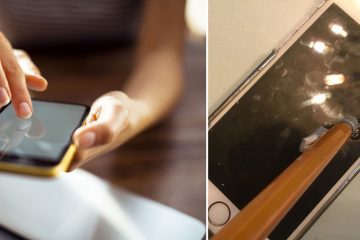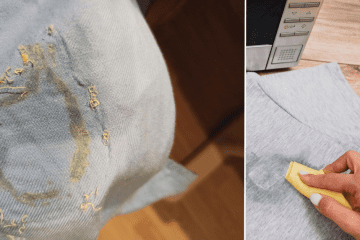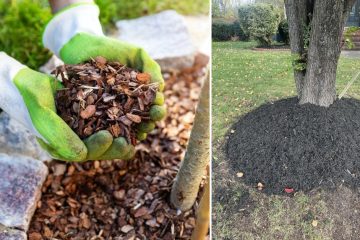Working with polyethylene foam presents an intriguing puzzle. This closed-cell material, renowned for its lightweight and shock-absorbing properties, has found its way into countless applications – from cushioned packaging to protective gear. However, its unique chemical composition throws a curveball when it comes to bonding. Regular adhesives simply won’t cut it, often leading to frustration and failed attempts.
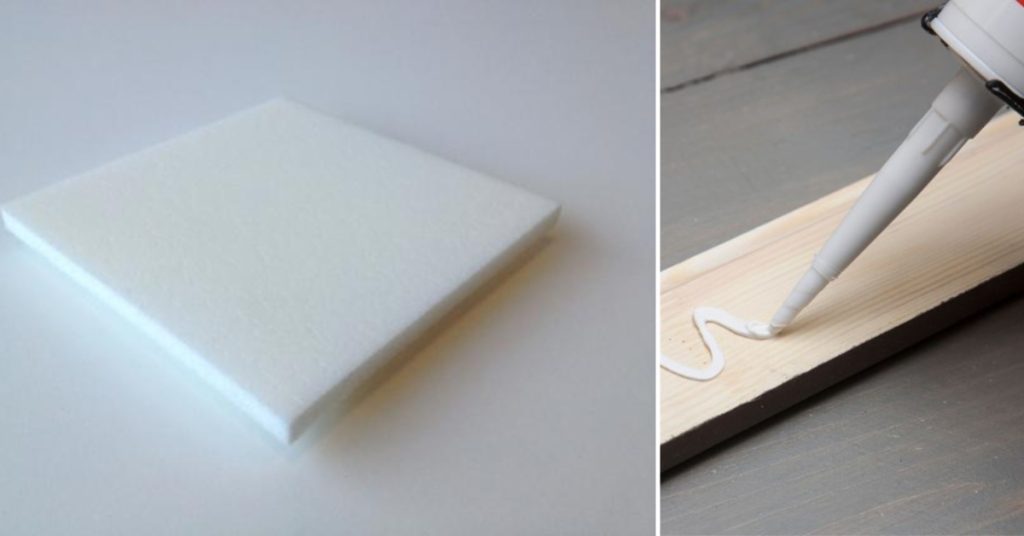
But fear not, my friends! We’re about to embark on a transformative journey, one that unveils the secrets to conquering this stubborn material. Get ready to add “how to glue polyethylene foam” to your list of talents.
Key Takeaways:
- Use solvent-based spray adhesives, contact cement, hot-melt adhesives, or epoxy adhesives for bonding polyethylene foam.
- Proper surface preparation and application are crucial for a strong, lasting bond.
- Consider safety precautions, potential outgassing, and troubleshooting methods for successful results.
The Molecular Masterminds
Before we dive into the nitty-gritty, let’s take a moment to appreciate the ingenuity behind polyethylene foam’s structure. This lightweight wonder is a closed-cell marvel, each cell acting as a tiny fortress, impervious to the charms of ordinary adhesives. It’s like trying to woo a rock – you’ll need a special touch.
Fortunately, the adhesive industry has risen to the challenge, crafting an arsenal of specialized formulations designed to tame this unruly material. From solvent-based spray adhesives to contact cement and hot-melt concoctions, we’ve got an array of weapons at our disposal.
4 Effective Solutions for How to Glue Polyethylene Foam
Here are four of the most effective solutions for how to glue polyethylene foam:
1. The Spray Sensation: 3M Super 77
Let’s kick things off with a crowd favorite: 3M Super 77. This solvent-based spray adhesive is a true polyethylene foam whisperer, forming an unbreakable bond with most closed-cell foams, including our elusive friend. Imagine a molecular matchmaker, expertly pairing the two surfaces in a harmonious union.
But wait, there’s more! Not only does 3M Super 77 excel at bonding polyethylene foam, but it also plays nicely with open-cell varieties, making it a versatile MVP in your adhesive lineup.
2. The Sticky Situation: Contact Cements
If you’re seeking a more permanent solution, contact Cement are your allies. These tenacious adhesives partially dissolve the surface of the materials, allowing them to fuse in an unbreakable embrace. It’s like a molecular-level welding process, creating a bond that laughs in the face of separation.
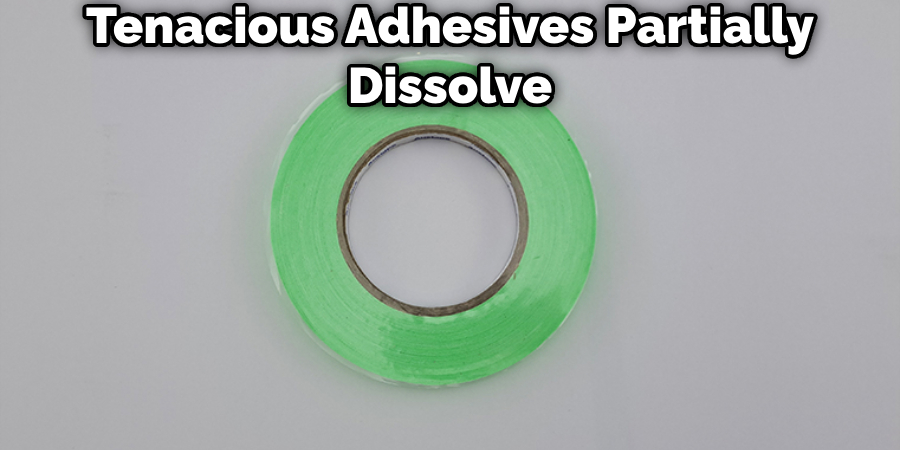
Both brush-on and spray-on varieties are available, so you can choose the application method that suits your project best. Just remember to follow the manufacturer’s instructions to the letter and ensure proper ventilation – these cements pack a punch!
3. The Hot-Melt Mavens
Hot-melt adhesives are the way to go for those who crave flexibility and a touch of repositionability. These molten marvels are specially formulated to bond with low-surface-energy materials like polyethylene foam, forming a strong yet pliable bond as they cool.
Imagine the convenience of being able to adjust and reposition your foam pieces until you achieve that perfect fit. It’s like having a second chance at molecular matchmaking.
4. The Epoxy Enigmas
When it comes to demanding applications or projects that require sheer brute force, epoxy adhesives step into the ring. These formidable formulations are designed to bond with low-surface-energy plastics, including our notoriously stubborn polyethylene foam.
Prepare for a little extra effort, though – surface preparation and curing time are the price you pay for an unparalleled bond strength that could put superglue to shame.
You Can Check It Out to Glue Styrofoam to Wood.
4 Steps for How to Glue Polyethylene Foam
Here are four steps for how to glue polyethylene foam:
Step 1: Prepping for Perfection
Speaking of surface preparation, let’s not skip this crucial step. Imagine trying to bond two pieces of art while the canvas is still covered in dust and grime – it’s a recipe for disaster.
For a flawless union, start by thoroughly cleaning both surfaces, removing any dirt, dust, or contaminants that could hinder the adhesive’s grip. Then, lightly abrade the polyethylene foam’s surface with fine-grit sandpaper or a scotch-brite pad. This creates a perfect canvas for your adhesive to cling to.

If the manufacturer recommends a primer or surface activator, don’t hesitate – it’s like sending out a molecular welcome mat for your adhesive, ensuring a warm and lasting embrace.
Step 2: The Application Artistry
With the right adhesive chosen and surfaces prepped, it’s time to unleash your inner artist. Remember, application is key – a sloppy job can undo all your hard work.
Follow the manufacturer’s instructions religiously, applying the adhesive evenly and avoiding excessive buildup. Trust us; you don’t want a gloppy mess on your hands (or anywhere else, for that matter).
Once you’ve achieved that perfect, even coverage, allow the adhesive to work its magic during the open time. It’s like giving your molecular matchmaker a moment to warm up before introducing the happy couple.
When the time is right, join the surfaces with firm, even pressure, ensuring proper contact between the adhesive and the materials. Clamping or weighing down the assembly can help maintain that intimate embrace during the curing process.
Step 3: Breathing Life into Foam
While we’ve covered the conventional methods, let’s not forget the creative souls who forge their paths. Hot air welding, for instance, is a technique that allows you to bond complex foam shapes with ease. It’s like sculpting with heat, molding the material to your every whim.
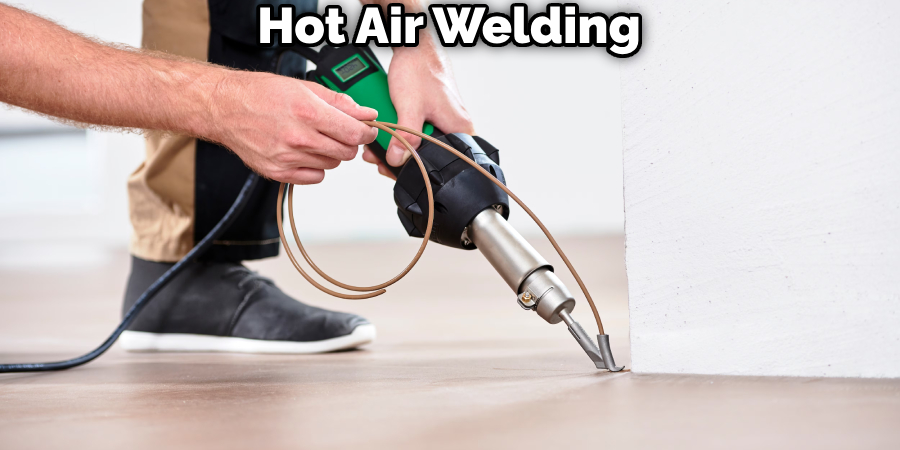
For those who prefer a more unorthodox approach, innovative alternatives like fabric glues or carpet tapes have proven their worth in the hands of skilled DIYers and professionals alike.
Step 4: The Outgassing Enigma
As with any powerful bond, there’s a potential for outgassing – the release of fumes or solvents during the application and curing process. Fear not, for this is a hurdle that can be easily overcome with a little forethought.
When working with solvent-based adhesives indoors, prioritize proper ventilation. Open those windows, fire up those fans, and consider investing in some high-quality respiratory protection. It’s like giving your lungs a well-deserved vacation from those pesky fumes.
And for those times when patience is a virtue, allow for adequate off-gassing periods. Let your freshly bonded creation breathe and celebrate its newfound molecular union before putting it to work.
Safety: The Unbreakable Bond
Speaking of breathing, let’s not forget the importance of personal protective equipment (PPE). Gloves, safety glasses, and protective clothing should be your constant companions when handling adhesives, shielding you from any potential skin or eye contact.

Always read and follow the safety instructions provided by the adhesive manufacturer, treating them as gospel. From proper handling and storage to safe disposal procedures, these guidelines are your shield against potential hazards.
And remember, my friends, when it comes to heat and ignition sources, it’s best to keep your distance. Some adhesives can be combustible, so it’s wise to avoid any open flames, sparks, or other potential ignition sources during the process.
Troubleshooting: The Molecular Detectives
Even with all the precautions and preparation, bonding failures can still occur. But fear not, for we have the tools to investigate and rectify these molecular mishaps.
Common culprits include improper surface preparation, inadequate adhesive application, or simply choosing the wrong adhesive for the job. But with a keen eye and a little detective work, you can unravel the mystery and prevent future bonding blunders.
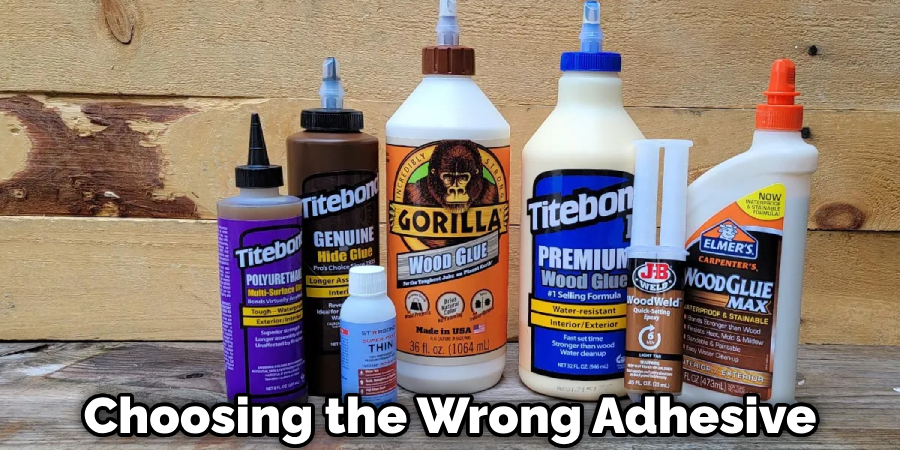
And for those times when a weak or failed bond rears its ugly head, fear not – there are methods to salvage the situation. From reapplying adhesive to exploring alternative bonding techniques, we’ve got your back.
Triumph Tales: Polyethylene Foam in Action
But enough about the challenges – let’s celebrate the triumphs! From custom seat cushions to protective gear, polyethylene foam has proven its worth time and time again, thanks to the ingenuity of those who have mastered the art of bonding.
Picture a cozy living room with a plush couch as a testament to the power of polyethylene foam and the skilled hands that brought it to life. Or imagine a rugged outdoor adventure, where protective foam padding ensures a safe and comfortable journey, all thanks to the unbreakable bonds forged through adhesive mastery.
These success stories are more than just anecdotes – they’re beacons of hope, shining examples of what can be achieved when we embrace the unconventional and conquer the challenges that once seemed insurmountable.
FAQs About How to Glue Polyethylene Foam
What is the Best Glue for Polyethylene Foam?
When it comes to bonding polyethylene foam, specially formulated adhesives like Loctite Spray Adhesive and Blue Foam Bond Adhesive stand out due to their specific design for foam applications. Loctite offers a strong bond without compromising foam integrity, while Blue Foam Bond is noted for its ability to adhere polyethylene foam to various surfaces including metal and wood. Additionally, Claire Mist Spray Adhesive and 3M #74 Spray Adhesive are also recommended for their effectiveness with foam-to-foam bonds, making them versatile options for different project requirements. The choice of glue should ultimately consider the materials being bonded, environmental conditions, and the bond’s required strength and durability.
Can Polyethylene Foam Be Glued Together?
Polyethylene foam can be glued using specific adhesives designed for plastic materials, such as cyanoacrylate (super glue), epoxy, hot glue, or polyurethane adhesive. For effective bonding, it’s crucial to prepare the foam surfaces by cleaning and possibly lightly sanding them to improve adhesion. Always choose the adhesive based on the required flexibility and strength of the bond, and follow the manufacturer’s instructions for application and curing times for optimal results.
What Kind of Glue Sticks to Polyethylene?
To effectively bond polyethylene, specialized adhesives are necessary due to the material’s low surface energy. MMA 500, a two-part adhesive, is designed for permanent bonding with difficult plastics like Polyethylene and Polypropylene, making it an ideal choice for such tasks. Alternatively, 3M™ Hot Melt Adhesive Glue Sticks are also suitable for polyethylene, offering a durable bond suitable for various conditions. These options overcome the challenge of adhering to polyethylene by providing specifically formulated solutions for strong, lasting connections.
What Type of Glue to Use on Polyurethane Foam?
For bonding polyurethane foam, several effective adhesives can be used, including clear silicone caulk for a flexible, waterproof seal, white painter’s caulk for paintable applications, and Gorilla Glue for its strong, foaming action that fills gaps. Automotive headliner adhesive offers durability for automotive uses, 3M Foam Fast 74 provides quick tack for varied materials, and single-part foaming polyurethane like Original Gorilla Glue is versatile for multiple applications. Additionally, activators for cyanoacrylate adhesives can speed up bonding on porous surfaces. Choosing the right glue depends on your project’s specific needs, such as flexibility, moisture resistance, and paintability.
Conclusion: Embracing the Unconventional
As we bid farewell to this transformative journey, remember that the world of polyethylene foam bonding is a vibrant tapestry woven with innovation, perseverance, and a touch of whimsy.
Embrace the unconventional, my friends, for it is in these uncharted waters that true mastery is born. Whether you’re a seasoned professional or a curious hobbyist, the secrets of polyethylene foam adhesion are out there for the taking.
